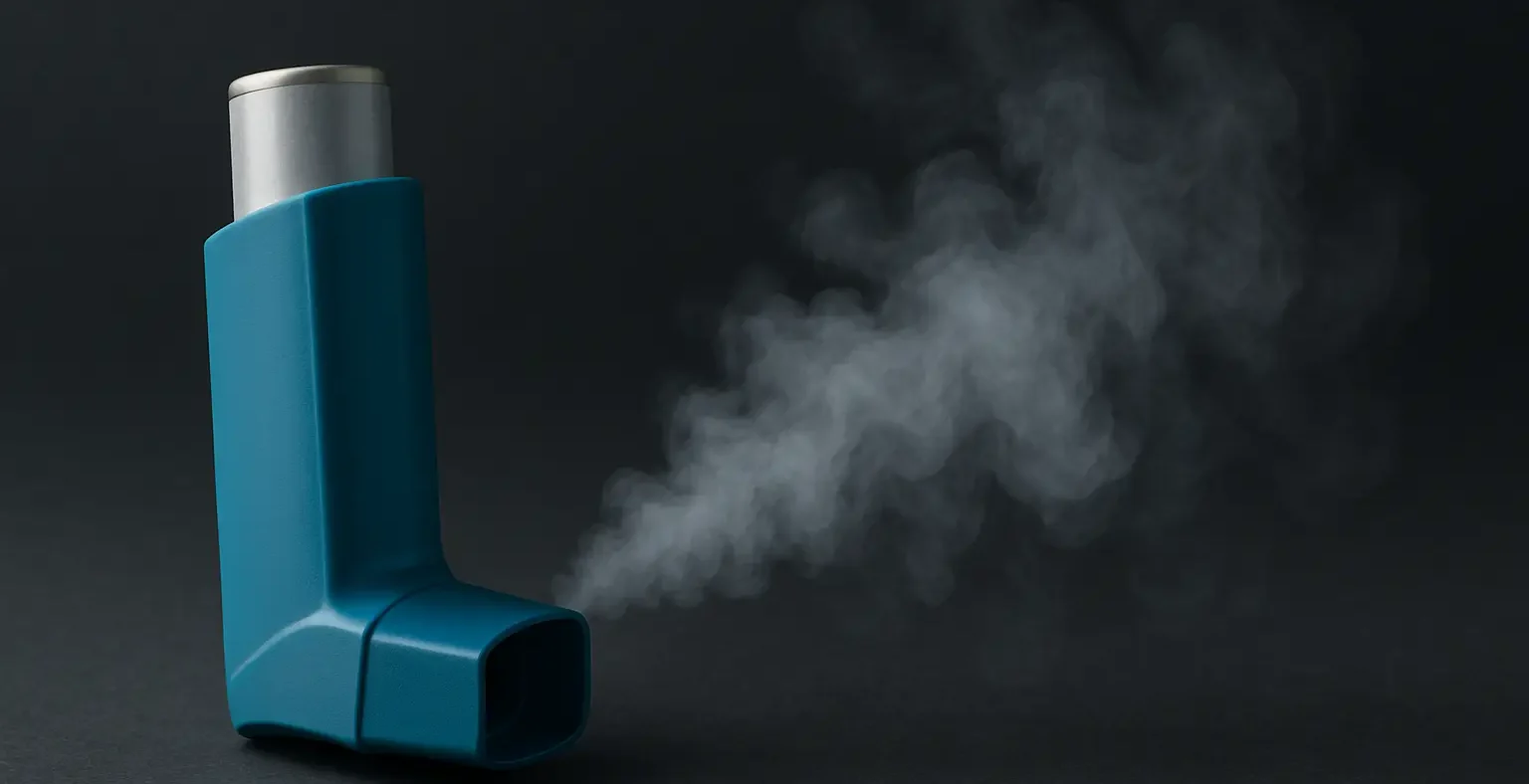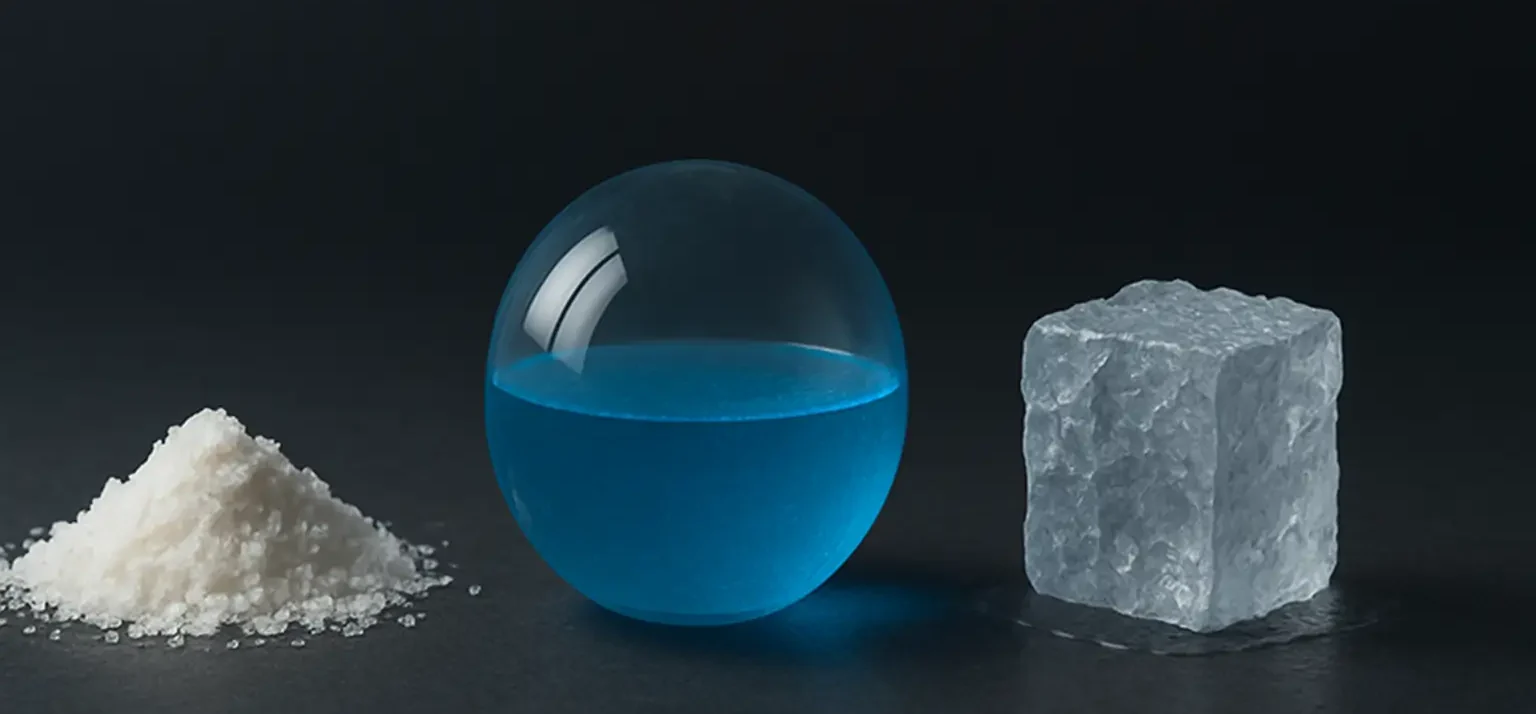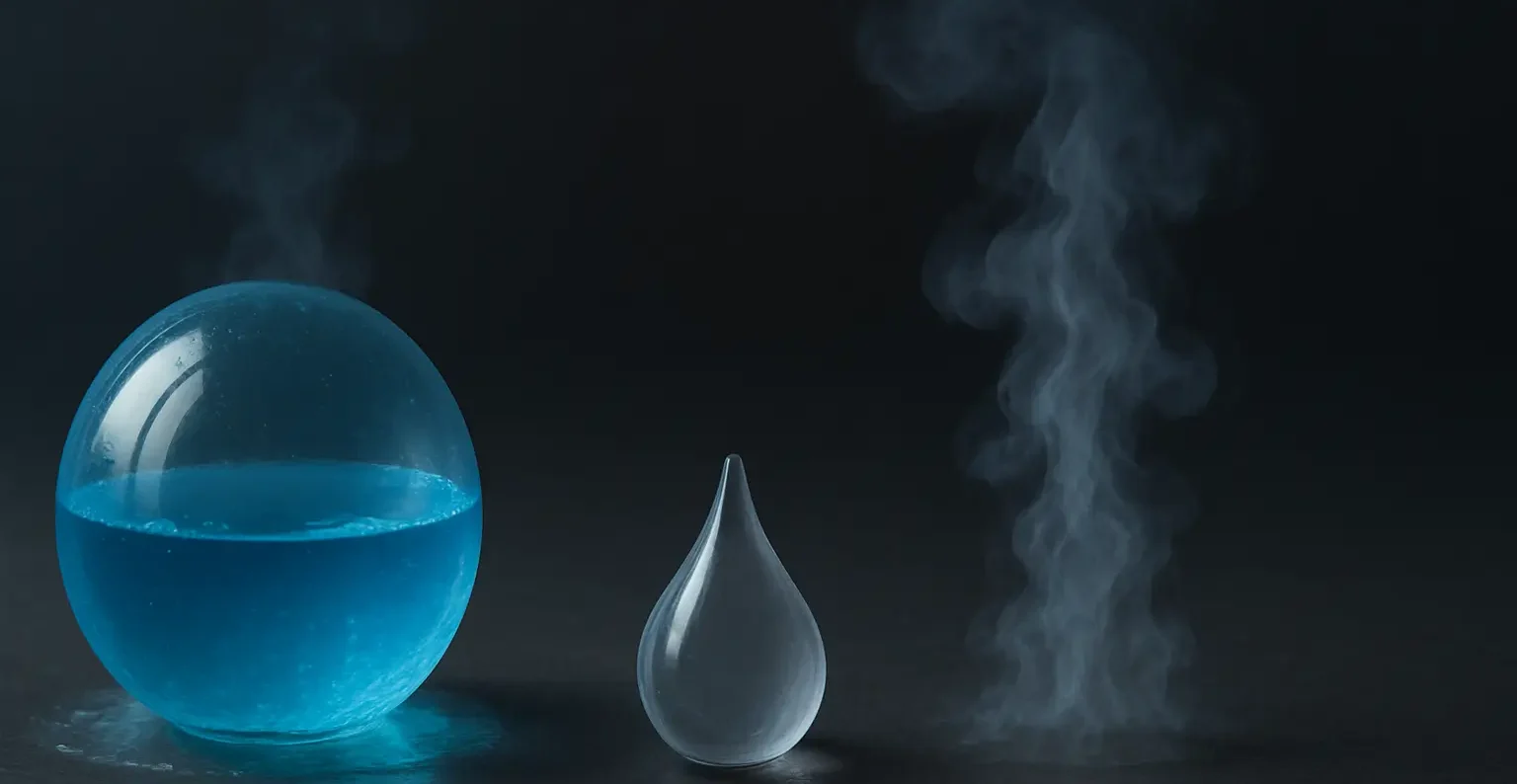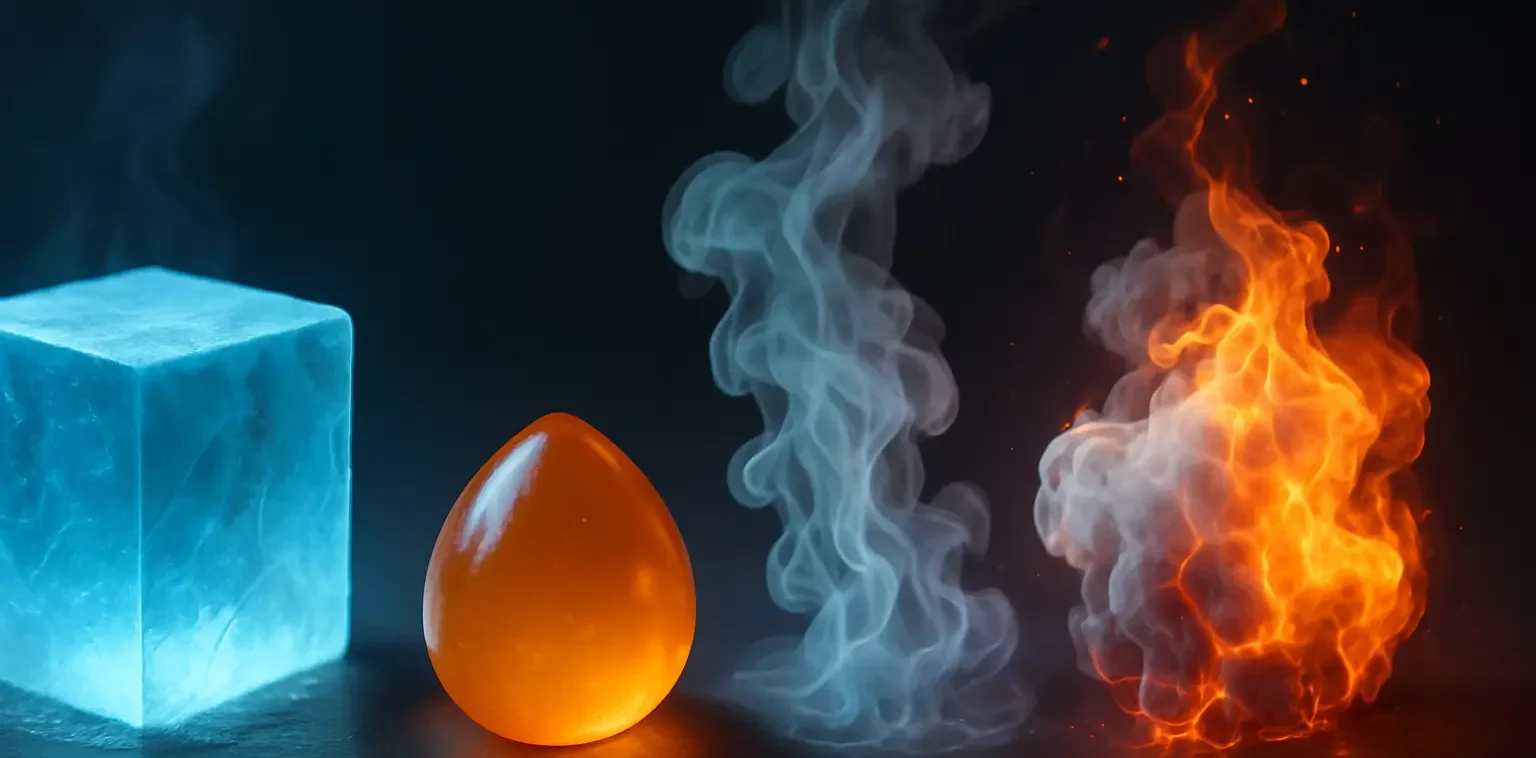Glassy States
Glassy States refer to the amorphous state of a material where it behaves like a solid but has a disordered atomic structure like a liquid. Characteristics of Glassy States: Non-crystalline: Lacks long-range order typical of crystals. Transition: Forms when a liquid is cooled rapidly, bypassing the crystalline state, resulting in a solid without a defined … Read more









